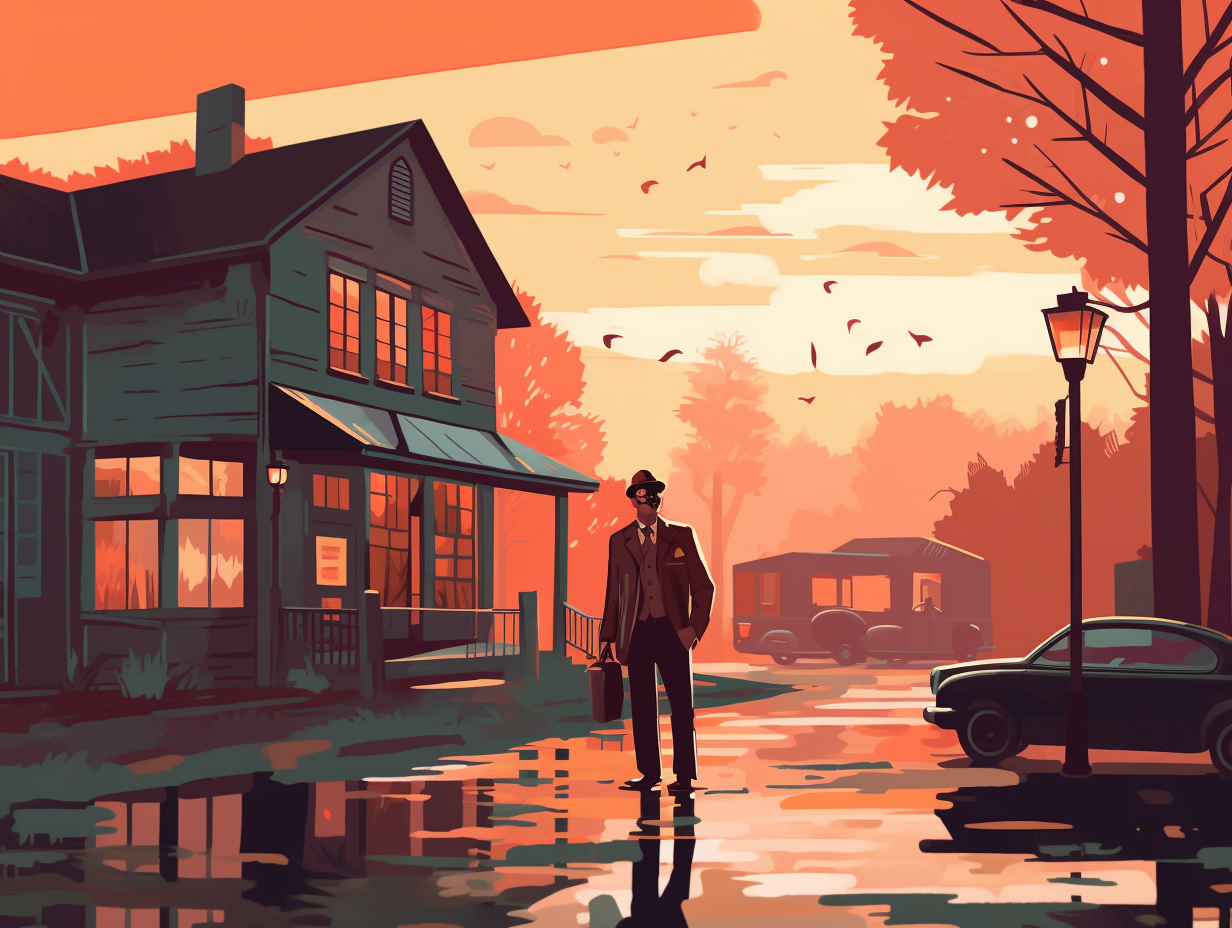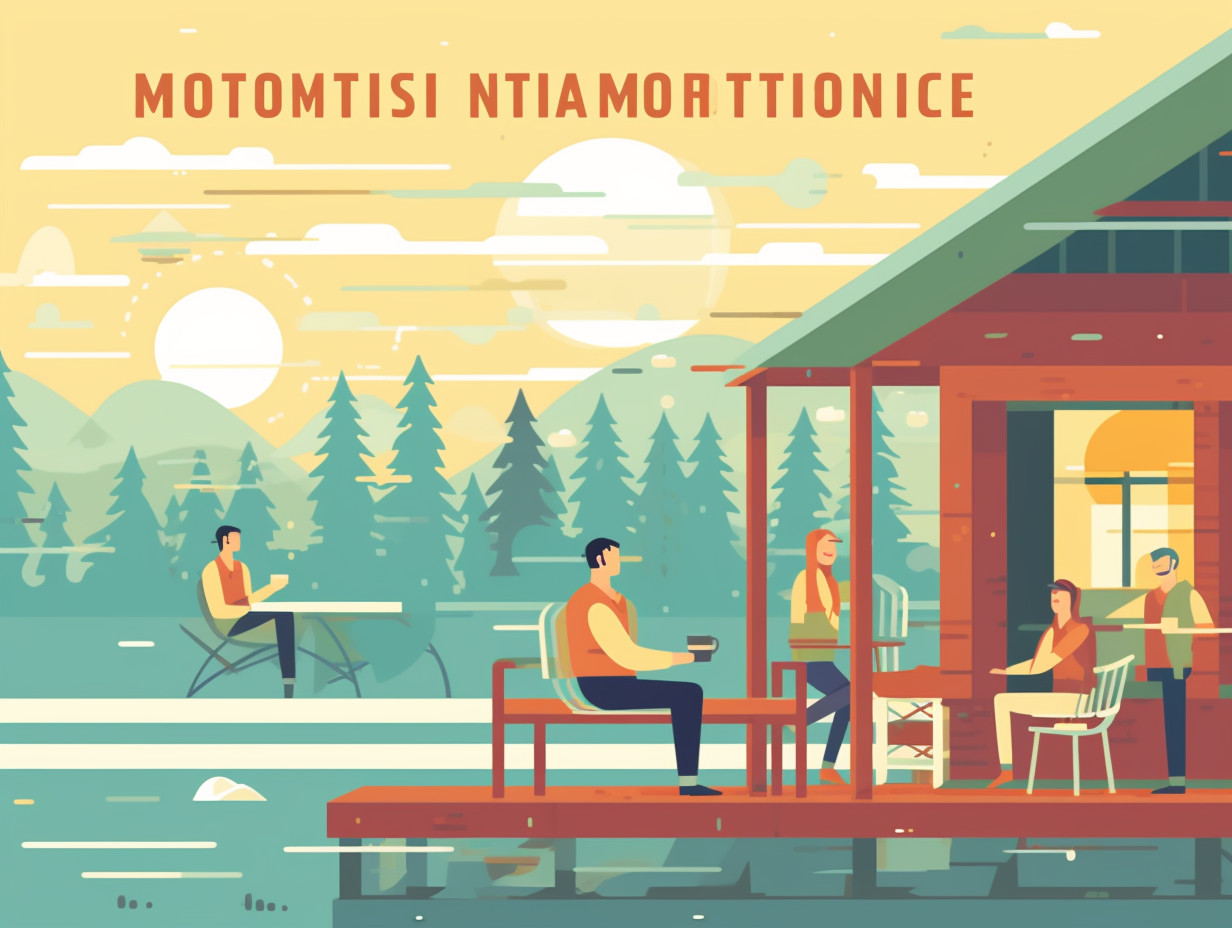Discover Lansing: Top 4 Amazing Fun Facts About Michigan's Capital City

1. Magic Johnson's Hometown Heroics
If you thought Michigan was just producing great cars and rocking music, get ready to be pleasantly surprised by their slam-dunk of a hometown hero: Lansing, Michigan is not only the birthplace of basketball legend Magic Johnson but also the esteemed host of the Michigan High School Athletic Association Boys Basketball Championships for over 80 years, where Johnson himself clinched an overtime victory during his senior year before conquering the NCAA championship with Michigan State University in 1979.
Source => en.wikipedia.org
2. Lansing's Nutty Love for Peanuts
In a nutshell, Lansing, Michigan is simply "nuts" about their peanuts: In fact, their minor league baseball team is called the Lansing Lugnuts, with their mascot Luggy the Peanut delighting fans by tossing bags of Michigan-grown Jumbo Virginia Peanuts into the stands, and the city celebrates its passion for peanuts every September at the Michigan Peanut Festival.
Source => news.sportslogos.net

Did you know that a small pizzeria in Michigan became a global pizza empire? Discover the story behind Domino's and its Michigan origins! 🍕
=> Fun Facts about Michigan
3. More Than Greens at Lansing City Market
If you thought the Lansing City Market was just a place to "get your greens," then think again: this Michigan delight hosts entertaining events like Family Education Days with nutrition tips and tasty samples aimed at young families, special days with discounts for students and seniors, and an annual Grand Art Market in August. Plus, with its location on the Grand River and River Trail, it greets walkers and cyclists alike, and even offers a solar-powered EV charging station for those eco-conscious visitors!
Source => midwestguest.com
4. Lansing's Archaeological Mysteries
Before Indiana Jones ever cracked his whip, Michigan was already stirring up some archaeological mysteries of its own: Lansing, Michigan is home to numerous ancient sites, including burial mounds, village locales, and historic garden beds – all documented in an extensive archaeological atlas compiled by the University of Michigan Museums.
Source => quod.lib.umich.edu
Related Fun Facts




















